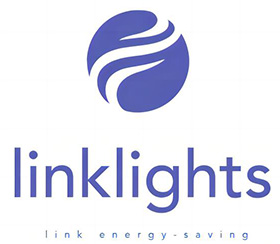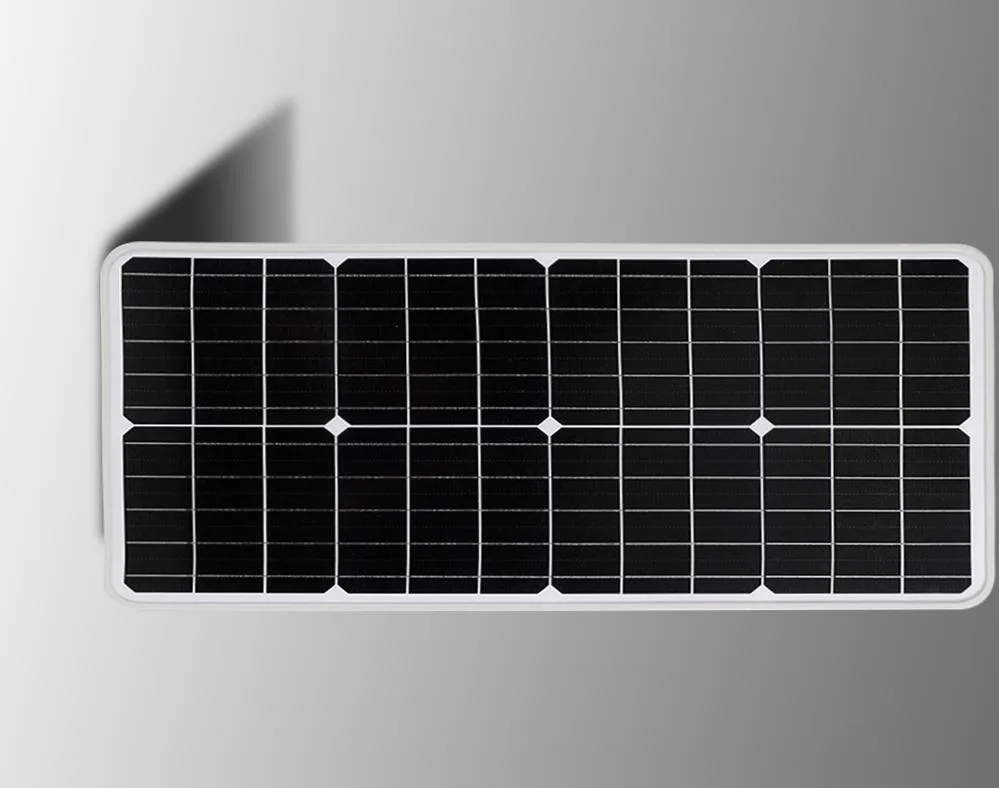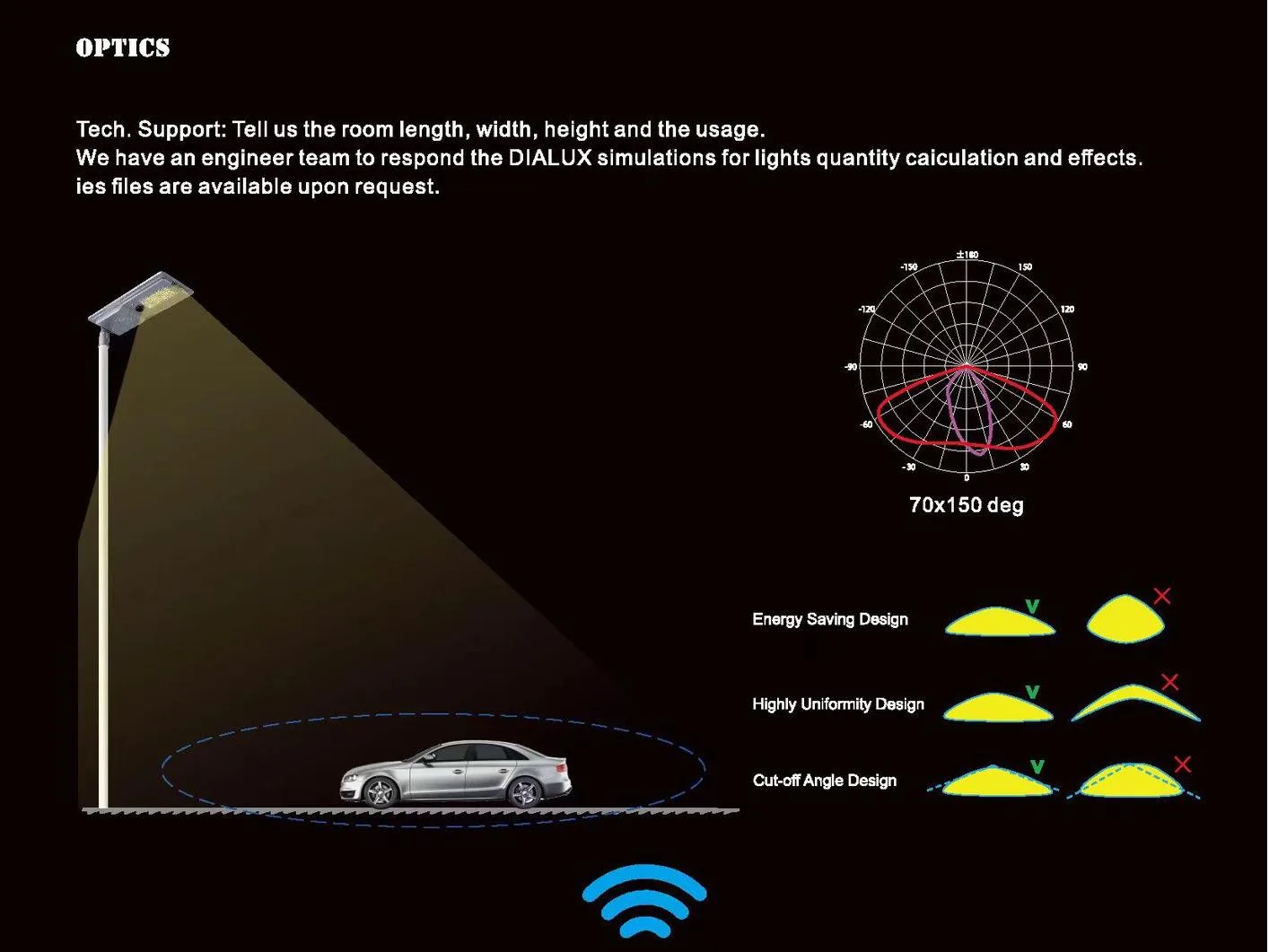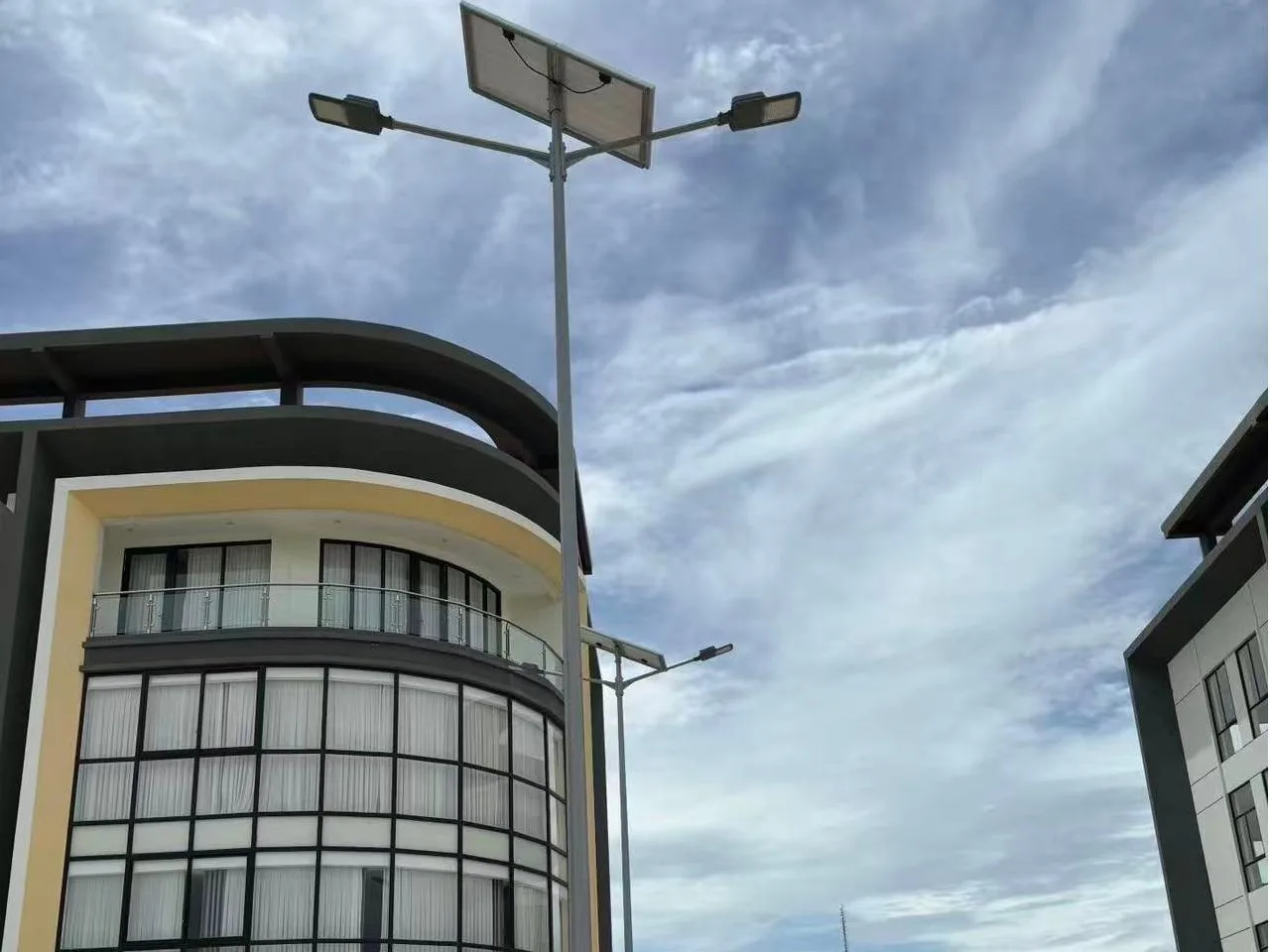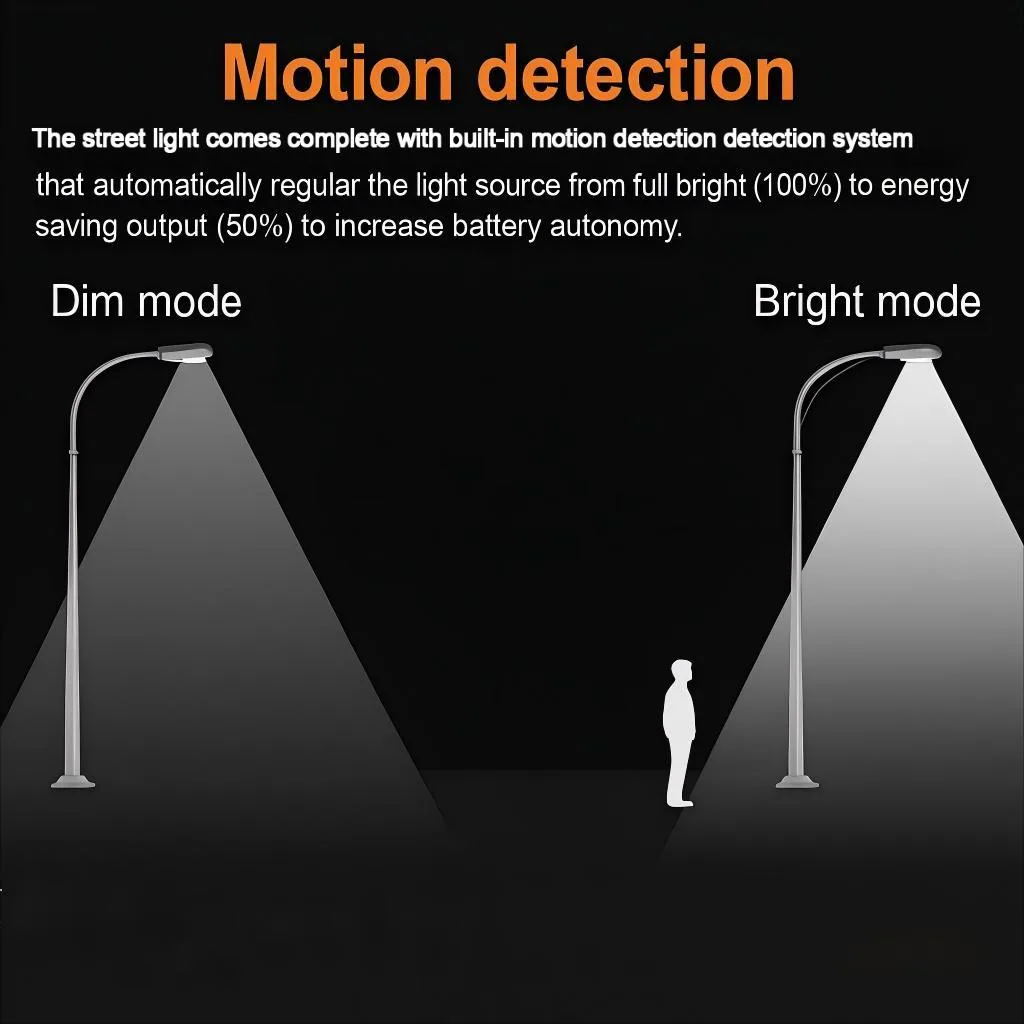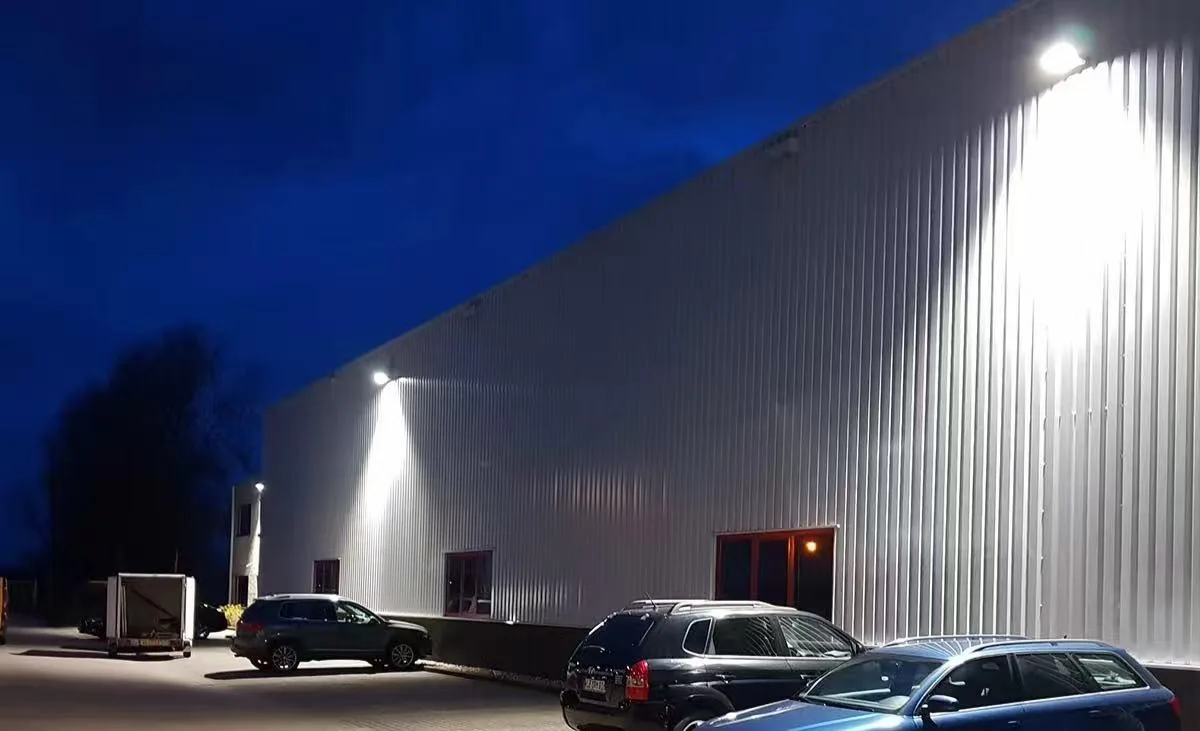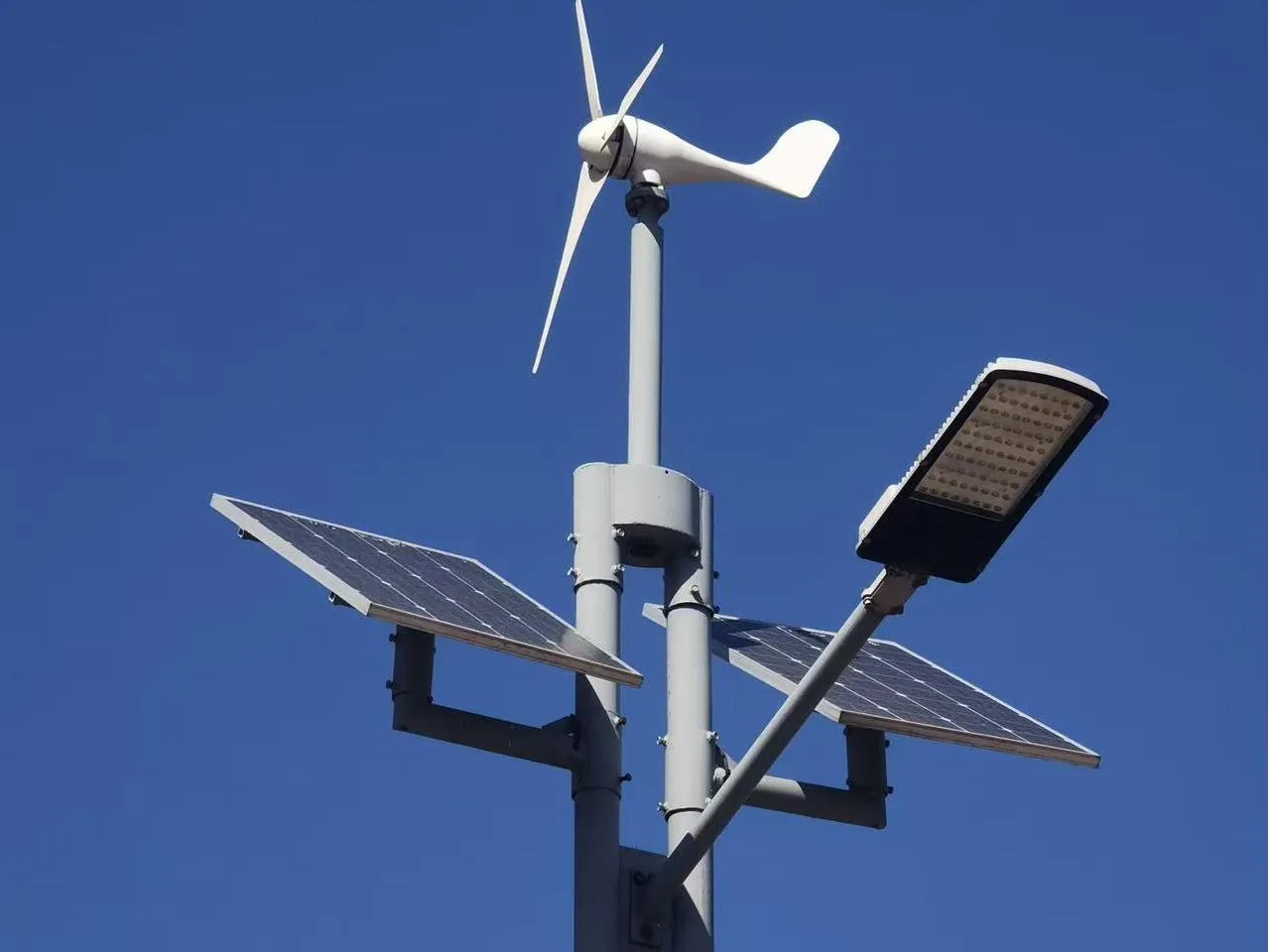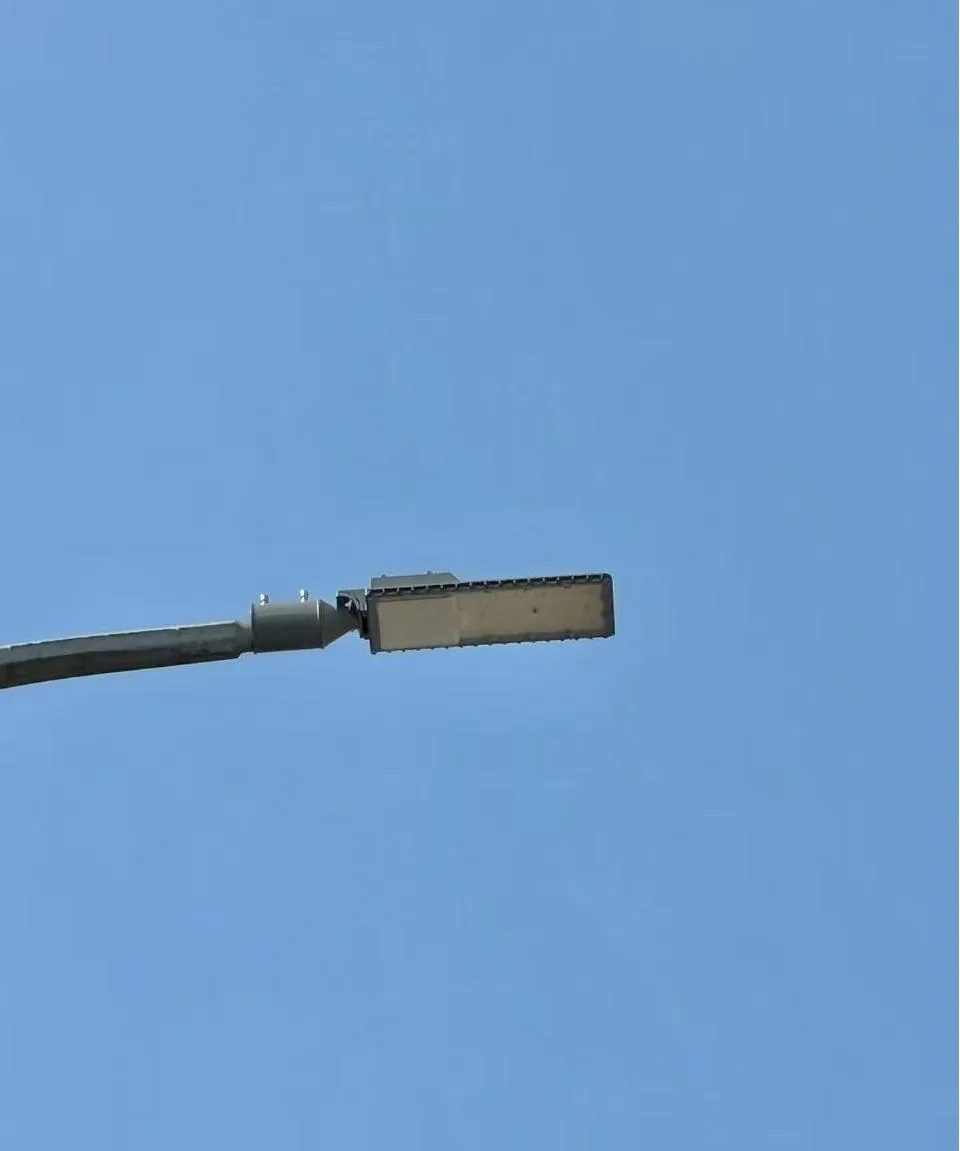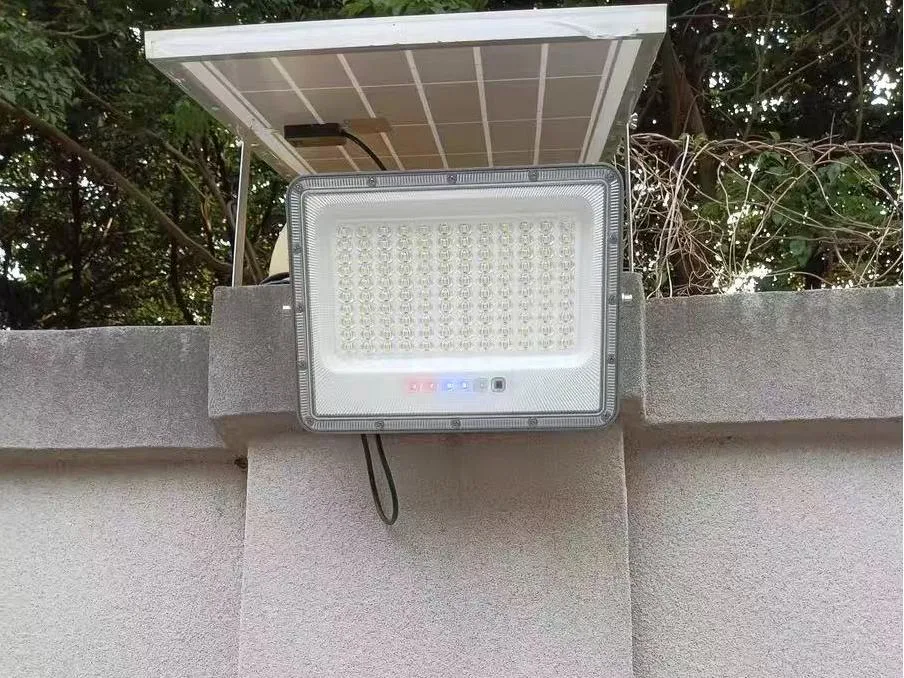Lighting has always shaped human mobility, safety, and productivity. Today, as cities, industries, and communities pursue low-carbon goals, the question is not if we should move to solar street lighting — but how much is a solar light really, and why does it vary so widely?
This definitive guide from LinkLights, a professional solar street light manufacturer and solution provider since 2016, covers every aspect of solar street light price — from what drives street light installation cost to how system components, ROI, and performance optimization impact total value.
Understanding the Value Behind a solar street light lamp
A solar powered led street light is not just a lamp with a panel attached.
It is a self-contained energy system that integrates multiple subsystems: photovoltaic generation, energy storage, power conversion, and intelligent lighting control.
A standard solar street lighting system consists of:
outdoor solar light panel / PV module:usually monocrystalline or polycrystalline, converts sunlight into DC power with 20–23% efficiency and a lifespan of over 20 years.
Solar lights with battery:stores energy, typically LiFePO₄ or NCM lithium battery, offering deep-cycle durability (≥2000 cycles) and smart BMS protection.
Solar led street lamp:high-efficacy luminaire (120–200 lm/W) with precision optics, uniform beam distribution, and IP65–IP67 protection.
solar power controller/driver:MPPT or PWM controller that manages charging, discharging, dimming schedules, and often supports remote monitoring.
Lights pole and solar light housing:galvanized steel or aluminum alloy structure providing thermal dissipation and corrosion resistance for outdoor durability.
Mounting accessories and wiring: brackets, cables, and connectors ensuring secure installation and weatherproof performance.
When evaluating the solar energy street light price, it’s crucial to assess the performance and compatibility of these subsystems — not just the lamp wattage or panel size.
Typical Price Range of street solar led lights
Market-wide, the price varies significantly based on configuration, performance class, and project scale.
| Category | Application | Typical Price (USD / set) | Description |
| Low cost solar lights | Rural paths, gardens, temporary projects | $50 – $120 | Basic ABS housing, small battery < 60 Wh, limited autonomy |
| Residential solar street lights | Driveways, parks, gated communities | $150 – $350 | All-in-one design, LiFePO₄ battery, 120 lm/W LED, 3-5 year life |
| Commercial solar street lights | Roads, parking lots, campuses | $400 – $900 | Split or integrated system, MPPT controller, 150 lm/W LED |
| High-performance industrial systems | Highways, ports, airports | $1 000 – $2 500 + | Customized modules, large batteries, monitoring, IoT control |
Note: Prices exclude civil works and may vary by pole height, battery capacity, and regional logistics.
Core Factors That Affect Solar Street Light Cost
Wattage and Lumen Output
A solar street lamp price scales roughly with its luminous flux and energy capacity.
Typical Price Range by Power Rating
30 W unit: USD 150 – 250 — ideal for small roads or residential pathways.
60 W unit: USD 250 – 450 — used in local streets and parking lots.
100 W unit: USD 450 – 800 — suitable for city avenues or highways.
150 W unit: USD 800 – 1 200+ — for wide roads or high-mast installations.
These variations come from differences in battery capacity, solar panel size, pole height, and control system quality.
Why luminous efficacy matters more than wattage:
Wattage alone doesn’t define brightness. For example, a 60 W LED lamp with 150 lm/W delivers about 9 000 lumens — the same as an 80 W model at 110 lm/W — while consuming 25% less energy.
Over the system’s lifetime, this efficiency difference can reduce both energy cost and battery size, leading to a lower total ownership cost.
Solar street lamp panel Quality
Polycrystalline vs monocrystalline solar panel
Monocrystalline PV panels reach 20–23% efficiency, higher than polycrystalline at 16–18%. A 100 W mono panel costs about USD 80–110 versus USD 40–70 for poly types, but delivers better energy yield and stability in high temperatures. Since panel quality and efficiency directly influence the solar power street light price and ROI, choosing high-grade modules ensures over 80% output for 25 years, while cheaper ones may lose 15% efficiency within two.
Battery Type and Capacity
Solar battery for street light quality contributes 30 – 40 % of total cost.
| Battery Type | Lifespan (cycles) | Relative Cost | Notes |
| Lead-acid | 500–800 | Low | Bulky, heavy, short life |
| Gel | 800–1 200 | Medium | Stable, temperature-tolerant |
| Li-ion (NCM) | 1 200–1 800 | Medium-High | Compact, lightweight |
| LiFePO₄ | 2 000–4 000 | High | Safe, 5–8 year life, best ROI |
Controller and Smart Functions
Modern solar powered led street lightsuse MPPT controllers, boosting energy harvest by 15–25% versus PWM types and improving charging efficiency under cloudy conditions. Though adding about USD 10–20, they enhance reliability. Smart controls like motion sensors and timers cost USD 15–50 more but lower energy use and battery wear by 20–40%, cutting long-term operating costs and optimizing solar power street light price performance.
Housing and Pole Materials
Material choice greatly affects solar street light cost and durability. Aluminum (ADC12) offers excellent heat dissipation and corrosion resistance for long service life. Hot-dip galvanized steel poles, priced USD 80–250, provide strong stability for highways and open areas. ABS plastic housings cost less but fade and weaken under UV exposure, making them fit only for small or short-term solar power street lights.
Installation and Labor
Average solar street light installation cost ranges $40 – $150 per unit depending on foundation work, pole height, and terrain.
Projects in remote areas require transport and equipment, raising cost by 10–15 %.
Certification and Warranty
Compliant systems (CE, RoHS, IEC 60598, IES LM-79, IP66) add slight upfront cost but reduce risk of failure or project rejection.
Component Cost Breakdown Example
| Component | Share (%) of Total Cost | Typical Unit Cost (USD) | Description |
| Solar Panel | 15 – 20 % | 60 – 120 | Power generation |
| Battery Pack | 30 – 40 % | 120 – 300 | Energy storage |
| LED Lamp | 15 – 25 % | 80 – 180 | Light engine |
| Controller + Sensors | 10 % | 30 – 80 | Power management |
| Pole & Bracket | 10 – 15 % | 50 – 150 | Structure |
| Cables / Accessories / Packaging | 5 – 10 % | 20 – 50 | Balance of system |
Comparing System Types
All in one solar light
Integrated solar street light combines the panel, battery, LED, and controller in one housing for quick installation. Priced USD 150–450, they’re ideal for residential and community use, offering low setup cost with simple maintenance.
Split solar light
Separate panel and lamp designs feature larger batteries and higher power output for main roads or long-autonomy use. Priced USD 400–900 per unit, they deliver stronger performance and longer lighting hours than compact integrated models.
Semi-Integrated / 2-in-1 Design
Panel and lamp are connected, with the battery either built-in or external. Priced USD 250–600, they balance performance and maintenance, offering a practical solution for small roads and public areas.
Smart solar streetlights
Networked through LoRa, NB-IoT, or Bluetooth Mesh, these models enable real-time monitoring and adaptive dimming control. Priced about 15–25 % higher than standard units, they offer smarter energy management and remote operation.
Solar power led lights vs Conventional cost of street lights Comparison
| Item | Traditional Grid Light | Solar LED Street Light |
| Initial Lamp Cost | $100 – 150 | $300 – 700 |
| Wiring & Trenching | $800 – 1 200 | $0 |
| Electricity Bill (10 yrs) | $1 500 – 3 000 | $0 |
| Maintenance (10 yrs) | $800 – 1 000 | $300 – 400 |
| Total 10-year Cost | $3 000 – 5 000 | $600 – 1 200 |
Though solar’s initial investment is 2–3× higher, the absence of wiring and energy bills makes it pay back within 2–4 years, with > 70 % savings over a decade.
Lifecycle Economics and ROI
Payback Period
Example (50 W system, $400 cost):
If grid power costs $0.15 / kWh and a traditional lamp consumes 180 W × 10 h/day, annual energy use ≈ 657 kWh = $98.
Payback = $400 / $98 ≈ 4.1 years.
Operation and Maintenance Savings
No cabling → less theft and breakage.
Fewer failures → reduced labor visits.
Modular battery replacement after 5–7 years ≈ $100 – $150 only.
Long-Term Sustainability
Each solar street lamp saves ~1 000 kg CO₂ emission per year.
Large municipal projects qualify for green procurement credits and carbon offset certificates.
Installation and Engineering Considerations
Site Assessment
Evaluate solar irradiance (> 4 kWh/m²/day recommended) and shading obstacles.
LinkLights offers DIALux simulation and IES files for accurate photometric layout.
Pole Height and Spacing Guidelines
The required pole height and spacing depend on road width, illumination level, and traffic density.
Residential areas: 4–6 m poles spaced about 25 m apart, providing 6–10 lux for pedestrian safety.
Main roads: 8–10 m poles with 35–40 m spacing, using 60–120 W lights to achieve 15–20 lux.
Highways: 12 m poles spaced up to 50 m apart, designed for 20–30 lux and wide beam distribution (Type III–V).
Foundation & Mounting
Concrete foundations typically cost USD 30–80 per pole, depending on pole height, soil condition, and anchor bolt design. Proper foundation sizing is critical to ensure long-term stability. For coastal or high-wind zones, systems should withstand wind speeds of at least 130 km/h, achieved through deeper foundations and thicker galvanized poles.
Wiring & Safety
Use UV-resistant DC cables and MC4 connectors; ground metal poles.
Performance Optimization Tips
Choose battery capacity for ≥ 3 days autonomy.
Use solar controllers mppt with motion sensor for smart dimming.
Specify ≥ IP65 enclosure and 10 kV SPD for outdoor safety.
Match CCT (4000 – 6000 K) to application – neutral white for roads, warm white for residential.For cities, select integrated solar street light with LoRa control for smart management
Quality, Standards, and Compliance
International standards define design and testing of solar panel street lamps.
| Standard | Description |
| IEC 60598 / IEC 62262 | Luminaire safety & impact protection |
| IES LM-79 / LM-80 / TM-21 | LED luminous flux and lifetime testing |
| EN 13201 / CIE 115 | Road illumination performance |
| ISO 9001 / 14001 | Quality & environmental management |
| CE / RoHS / TUV certifications | Compliance for export projects |
A reliable solar street light manufacturer should provide all relevant certificates and reports.
Choosing the Right Solar Street Light Supplier
Key Evaluation Criteria
With over five years of proven manufacturing experience, LinkLights ensures every solar power lighting system is built using verified components — including high-quality PV cells, batteries, and LED drivers. The company provides detailed project case studies and photometric files to support engineering validation, offers reliable after-sales service with a minimum three-year warranty, and maintains full capability for OEM and ODM customization to meet diverse project requirements.
Common Mistakes to Avoid
Many project issues arise from common mistakes such as comparing only wattage without verifying battery and solar panel compatibility, ignoring essential certifications and IP ratings, purchasing low-cost units with unverified LED drivers, neglecting proper installation planning and foundation design, or overlooking critical local climate factors like temperature, dust, and wind conditions.
Emerging Trends in Solar Street Lighting
Smart City Integration
IoT-enabled solar street lights connect to urban networks for remote monitoring and adaptive dimming, reducing energy consumption by 30 – 40 %.
Hybrid and Grid-Assisted Systems
Some regions adopt hybrid solar + AC grid backup to ensure lighting during prolonged cloudy days.
High-Power LED Modules
New high-efficacy chips reach 200 lm/W, allowing smaller panels and batteries to achieve the same illumination.
Recyclable Materials & Circular Design
Manufacturers use recyclable aluminum housings and replaceable battery cartridges to support ESG goals.
Case Study: Municipal Road Project Payback
Scenario: A city replaced 120 grid street lights (150 W HPS) with 120 LinkLights 80 W solar LED street lights.
Investment: $68 000 (total including installation).
Annual energy saving: ≈ 60 000 kWh = $9 000 per year.
Maintenance saving: $1 500 per year.
Payback: ≈ 6 years.
CO₂ reduction: ≈ 90 tons per year.
The city achieved ROI > 16 % annually and qualified for green infrastructure credits.
FAQ
Q1. How much does a solar street light cost per unit?
From $100 for basic models to $1 000 for commercial integrated systems, depending on wattage and battery capacity.
Q2. What is included in the price?
Solar panel, LED lamp, battery, controller, and housing. Poles and installation are often quoted separately.
Q3. How long do solar LED street lights last?
Typically > 50 000 hours for LEDs and 5–8 years for LiFePO₄ batteries.
Q4. Do solar street lights work on cloudy days?
Yes. Systems are sized for 2–3 days autonomy and can still operate under low irradiance.
Q5. Can they power security / CCTV devices?
Advanced models include extra DC output for cameras or Wi-Fi modules.
Q6. What maintenance is required?
Clean solar panels every 3 months and replace battery after 5–7 years.
Why Choose LinkLights for Your Solar Street Lighting Projects
As a trusted solar street light supplier, LinkLights has delivered over 100,000 solar LED street light systems to municipal, industrial, and residential clients worldwide, offering in-house design and manufacturing of solar poles, controllers, and complete lighting systems equipped with LM-80-tested LED chips and reliable LiFePO₄ batteries across a full product range, including all-in-one and integrated solar street lights.
